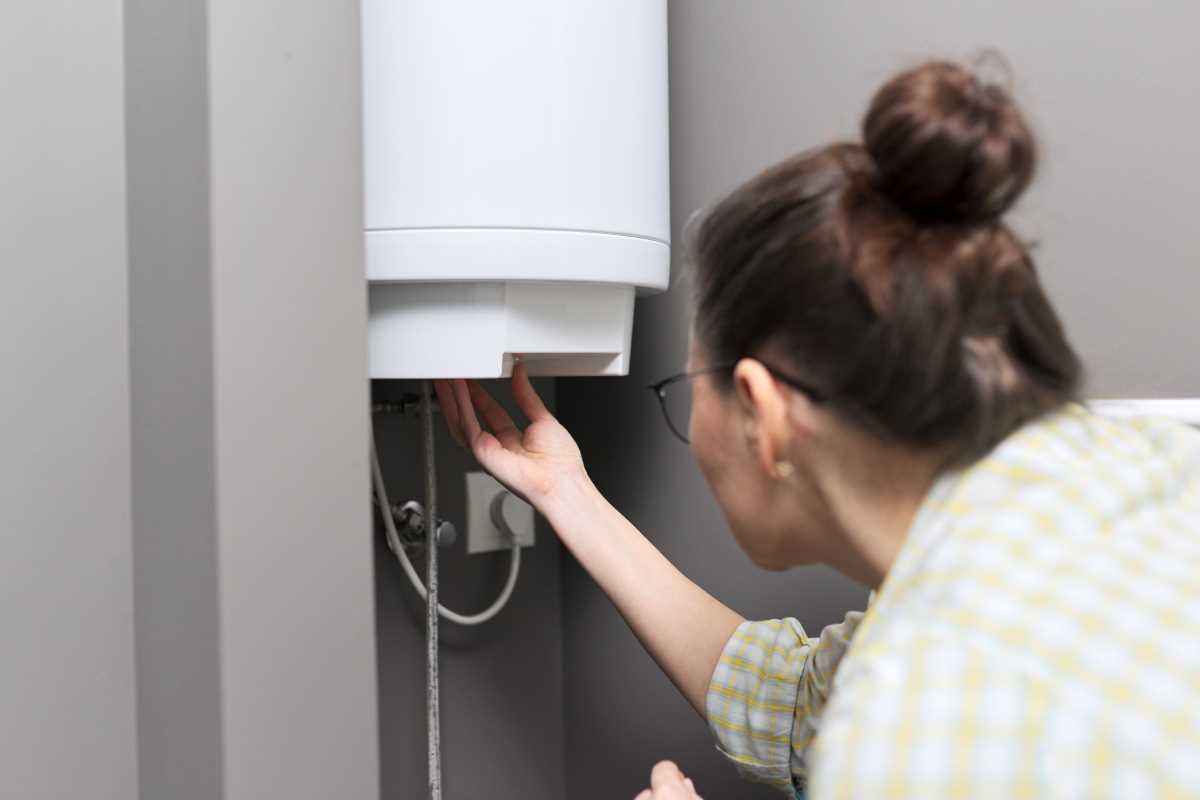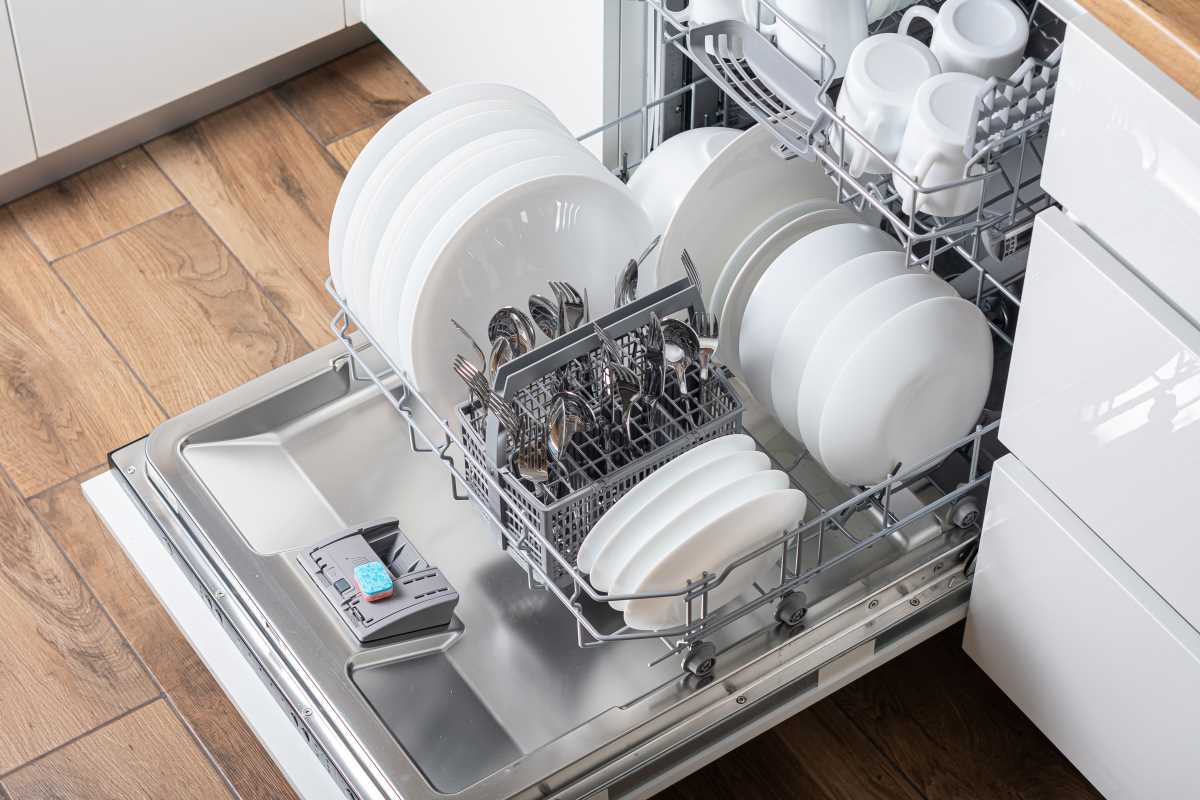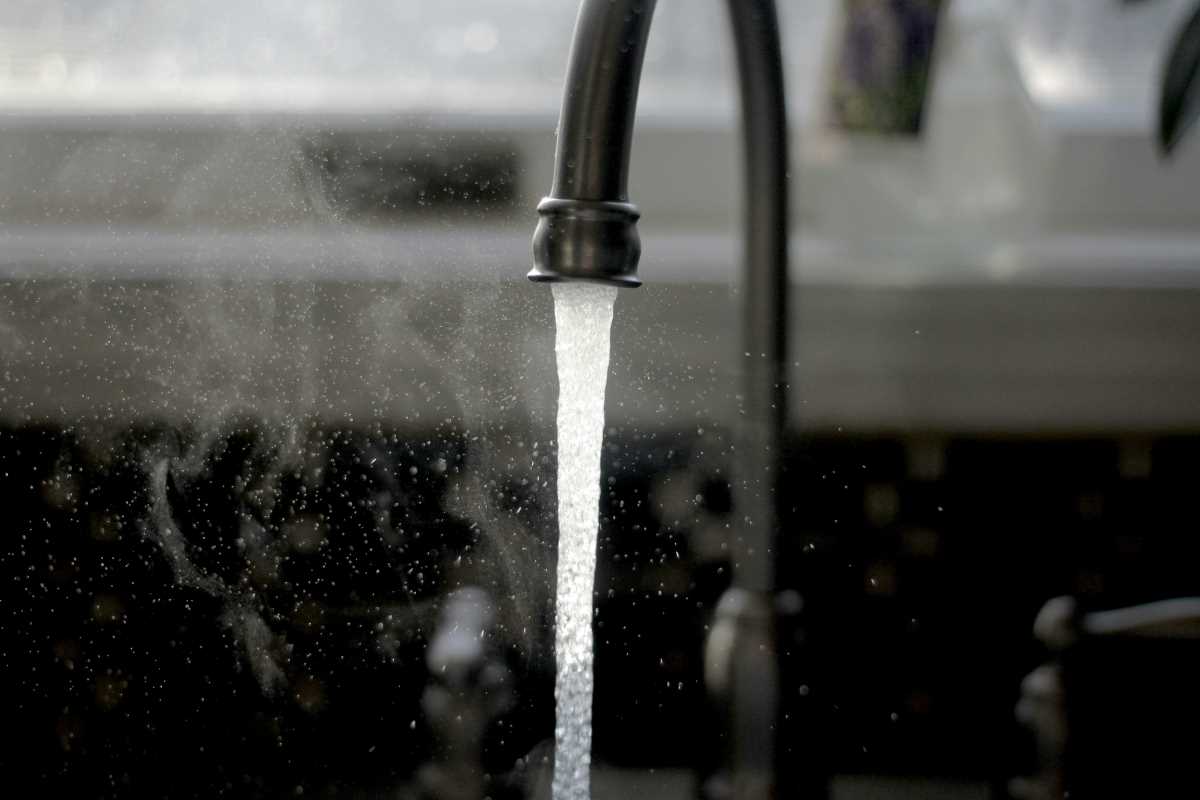A water heater is an essential appliance that works tirelessly in the background, providing hot water for showers, dishwashing, laundry, and more. However, many don’t realize that maintaining it properly can significantly impact energy efficiency and overall cost savings. Over time, wear and tear, sediment buildup, and even small leaks can reduce its efficiency, causing higher energy bills and unnecessary strain on the unit. By dedicating a little time to regular maintenance, it’s possible to keep the water heater running smoothly, cut down on energy waste, and prolong its lifespan. This guide outlines effective practices to maintain energy efficiency while keeping the water heater in top shape.
The Impact of Sediment Buildup
Water heaters, especially traditional tank models, are prone to sediment buildup over time. Minerals and debris from the water supply settle at the bottom of the tank, creating a layer of insulation between the heating element and the water. This forces the heater to work harder to warm the water, consuming more energy in the process.
Flushing the tank regularly is a simple yet powerful way to prevent sediment buildup. Ideally, this should be done once or twice a year. Turn off the water heater and allow it to cool, then connect a garden hose to the drain valve near the bottom of the tank. Draining the water removes sediment, restoring the heater’s efficiency. For areas with hard water, performing this maintenance more frequently may be beneficial, as mineral deposits accumulate faster.
Adjusting the Temperature Settings
The thermostat on a water heater controls the unit’s operating temperature, and adjusting it can have a meaningful impact on energy use. Many factory settings default to temperatures as high as 140 degrees Fahrenheit, but lowering it to 120 degrees is sufficient for most households and reduces energy consumption.
The lower temperature not only conserves energy but also helps minimize scalding risks, making it a safer option. Additionally, maintaining a moderate temperature helps reduce wear on the heating element, extending its longevity. Checking the thermostat once a year ensures it remains set at the optimal level.
Inspecting and Replacing the Anode Rod
The anode rod, often referred to as the “sacrificial rod,” plays a critical role in protecting the interior of a water heater tank. Its purpose is to attract corrosion, preventing rust from damaging the tank itself. Over time, the rod corrodes and becomes less effective, leaving the tank vulnerable.
A simple inspection of the anode rod can determine whether it needs replacing. Turn off the water heater, drain a small amount of water, and unscrew the rod from the top of the tank. If the rod has eroded significantly or is coated in calcium deposits, replacing it ensures continued protection from rust, which can otherwise lead to leaks and reduced efficiency.
Insulating the Tank and Pipes
Insulation is a cost-effective way to improve energy efficiency in water heaters. For older models without built-in insulation, adding a tank insulation blanket minimizes heat loss, allowing the heater to maintain hot water with less effort. These blankets are easy to install and available at most hardware stores.
Similarly, insulating the hot water pipes reduces the energy required to deliver hot water, especially in colder climates where pipe surfaces lose heat rapidly. Pipe foam sleeves are inexpensive and simple to fit over exposed sections of piping. Both steps help retain heat, lowering energy costs and extending the unit’s efficiency.
Checking for Leaks
Leaks may seem like minor nuisances, but even small ones can waste significant amounts of water and energy over time. Inspecting the water heater for leaks regularly helps catch early warning signs before they escalate into costly repairs.
Focus on areas around the drain valve, temperature and pressure relief valve, and connections where pipes enter the tank. A quick tightening of loose fittings can often resolve minor leaks. For persistent issues, seeking professional repair services helps avoid further damage to the water heater and surrounding areas.
Installing a Timer or Switching to Demand-Driven Models
For households with traditional tank water heaters, adding a timer can further enhance energy savings. A timer allows the heater to operate during specific hours, such as just before peak hot water usage in the morning or evening. During off-hours, the heater uses minimal energy while maintaining standby heat.
Alternatively, for those considering an appliance upgrade, switching to a tankless water heater can be a game-changer in terms of energy efficiency. These models only heat water on demand, eliminating standby energy loss and operating more efficiently overall.
Why Consistent Maintenance Matters
Regular maintenance not only saves energy but also enhances the water heater’s overall performance. By addressing small issues like sediment buildup or worn parts, the appliance runs more efficiently and requires fewer repairs over its lifetime. Improved energy efficiency translates into lower utility bills, while proactive care helps prevent unexpected breakdowns or replacements.
Investing time in maintenance pays off over the long term, offering reliable performance and peace of mind. Whether it’s flushing the tank, insulating components, or checking for leaks, every small step contributes to creating a more energy-efficient and cost-effective household.







